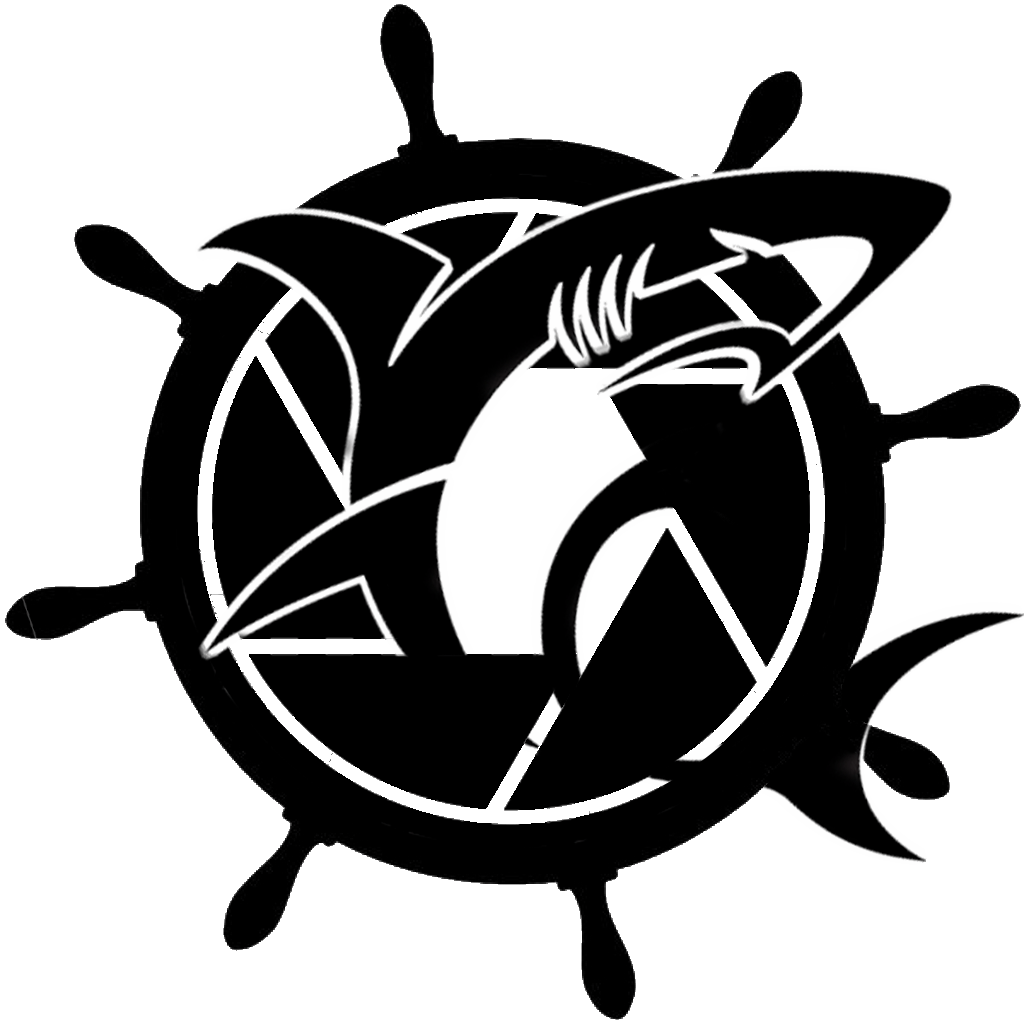Navigation Masterclass Ch 4.
Charts and Maps: The Navigator's Treasure
Introduction
Ahoy, fellow sailing enthusiasts! If you're a navigator navigating the vast oceans, you know the importance of having the right tools. Among these tools, charts and maps hold a special place in a sailor's heart. They are the navigator's treasure, guiding us through uncharted waters and helping us embark on incredible sailing adventures. In this blog, we will explore the essential tools for navigating in sailing, focusing on the invaluable role of charts and maps. So, hoist the sails and let's set sail on this exploration!
1. Navigating the Seas: The Essentials
Before we dive into the world of charts and maps, let's quickly touch upon the essential tools every sailor should possess. These tools act as your navigational compass, giving you the confidence and knowledge to sail smoothly. Some fundamental essentials include:
- Compass: A reliable compass is the sailor's best friend. It can help you determine true north, enabling accurate course-plotting and navigation.
- Log Book: Keeping a log book is crucial for recording your journey, noting essential details such as position, course, speed, and weather conditions. It serves as a valuable reference for future trips.
- Nautical Almanac: An almanack provides precise information about tides, moon phases, sunrise, and sunset times. It helps calculate celestial navigation and aids in determining longitude.
2. Charts: Unraveling the Nautical Secrets:
Charts are the graphical representation of the Earth's surface and are indispensable tools for navigating the seas. Let's delve into why charts are indeed a navigator's treasure:
2.1 Electronic Charts:
In this digital era, electronic charts have become increasingly popular. They are available on electronic navigation devices and provide real-time data, including GPS positioning, depth soundings, and current information. Electronic charts are constantly updated, ensuring accurate navigation and eliminating the need for numerous paper charts.
2.2 Paper Charts:
Paper charts are often considered a traditional yet reliable choice. These beautifully detailed maps provide a tangible connection to the maritime world. Carrying paper charts as backup, even with electronic navigation systems, is highly recommended. They are easy to read, give an overview of the entire route, and provide a backup in case of power failure.
3. Understanding Chart Features:
To unlock the full potential of charts, it's essential to understand their key features. Let's explore some of the vital elements found on charts:
3.1 Depth Soundings and Contour Lines:
The depths of the water are indicated on charts using soundings. These contour lines help determine the water depth at various points, enabling sailors to avoid shallow areas or potential dangers. Understanding how to interpret these lines is vital for safe navigation.
3.2 Symbolism and Icons:
Charts are filled with a wide array of symbols and icons that represent various navigational features. These symbols range from beacons and buoys to shipwrecks and lighthouses. Familiarizing yourself with these icons is essential to understand the information provided by the chart.
3.3 Latitude and Longitude:
Latitude and longitude lines on a chart act as a grid system, allowing sailors to pinpoint their exact location. These coordinates, combined with a reliable compass, ensure accurate navigation.
4. Maps: The Gateway to Exploration:
While charts primarily focus on navigation at sea, maps are essential for planning your journey and exploring new territories on land. Let's take a closer look at why maps are valuable tools for any sailor:
4.1 Coastal Maps:
Coastal maps, also known as shoreline maps, provide detailed information about the coastline, including landmarks, ports, and hazards. They help chart your course near the shore, ensuring safe and efficient sailing.
4.2 Passage Planning Maps:
Passage planning maps provide an extended view beyond the immediate coastline. These maps assist in plotting longer journeys, identifying checkpoints, and understanding the regional geography, allowing sailors to plan their route effectively.
4.3 Exploratory Maps:
Exploratory maps are the key for adventurous sailors seeking uncharted waters and off-the-beaten-path destinations. These maps often showcase remote islands, reefs, and hidden coves, providing a gateway to thrilling adventures and unique experiences.
Conclusion:
In sailing, charts and maps truly are the navigator's treasure. They ensure safe passage, guide exploration, and help us confidently navigate. Whether you prefer electronic charts or the nostalgic charm of paper charts, having both is ideal to ensure safe navigation even in the most challenging conditions. So, fellow sailors, embrace the power of charts and maps, master their features, and let them lead you to uncharted horizons. Bon voyage!
